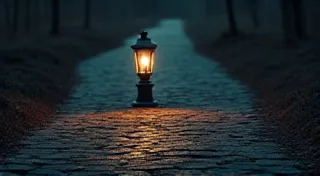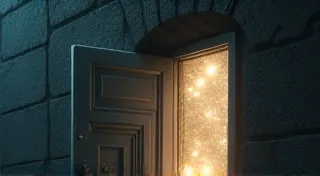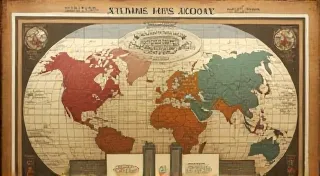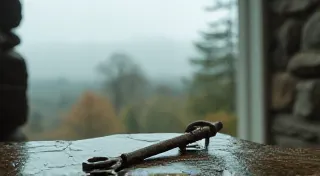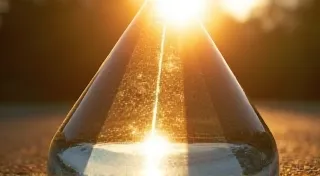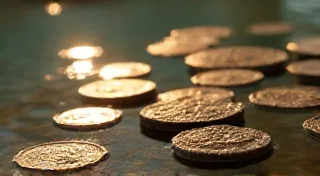The Shadow of Loss: Exploring the Psychological Dimensions of Victorian Hair Art
The Victorian era, a period synonymous with elaborate mourning rituals and deep emotional expression, produced a unique and often misunderstood art form: hair art. More than simply commemorative keepsakes, these intricate pieces woven from human hair – jewelry, framed portraits, and miniature landscapes – offer a poignant window into the psychological landscape of a grieving society. While the aesthetic beauty of a meticulously crafted mourning locket or a delicately woven hair portrait is undeniable, understanding their true significance requires delving deeper, exploring the motivations and emotions that fueled their creation and the solace they offered to those who cherished them.
We often view Victorian hair art through a lens of the macabre, associating it with morbidity and decay. And certainly, death was ever-present in the Victorian psyche – infant mortality rates were high, outbreaks of disease were common, and life expectancy was significantly shorter than it is today. This constant proximity to loss profoundly shaped Victorian culture, fostering a complex relationship with death that contrasted sharply with the often sanitized and distanced perspective we hold today. Hair art wasn’t a morbid fascination; it was a tangible manifestation of grief, a deeply personal act of remembrance and a way to keep loved ones close in a world often marked by sudden and devastating loss.
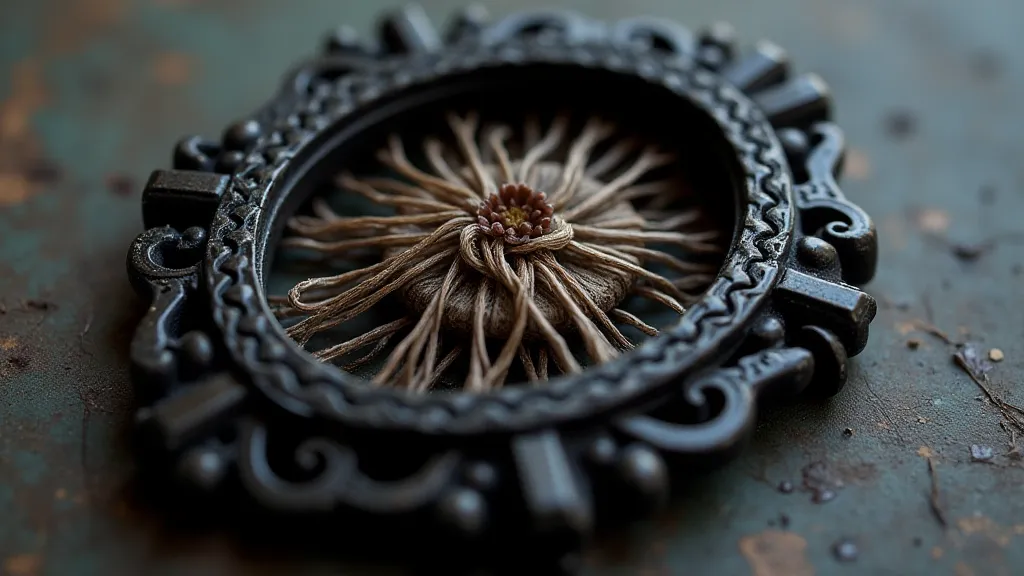
The Language of Loss: Hair as Symbol
Why hair? The answer lies in the profound symbolic weight attached to it during the Victorian era. Hair, being a part of the individual and growing continuously, was believed to retain a connection to the person after death. It was considered a tangible link to the departed soul, carrying their essence and personality. This belief transcended social class; whether a wealthy aristocrat or a humble servant, the loss of a loved one spurred a similar impulse to create lasting tributes. The act of collecting hair—often snipped in the presence of the deceased—was a ritualistic practice, marking the formal acknowledgment of their absence. The societal focus on remembrance and the ways in which grief was outwardly expressed reveals a fascinating intersection of art and culture. The creation of these pieces was integral to Victorian mourning rituals, and understanding the specific rituals surrounding Victorian hair art creation offers a richer context for appreciating their significance.
The specific techniques employed in hair art also held symbolic meaning. Woven hair suggested continuity and connection, the individual strands intertwined to create a unified whole, echoing the desire to keep the memory of the deceased woven into the fabric of life. Braiding, a common technique, represented strength and enduring love, while patterns like initials and floral motifs further personalized the tributes. The color of the hair, too, could convey nuances of emotion; darker strands might signify solemn mourning, while lighter shades could represent a gentler, more nostalgic remembrance. Beyond the technical skill involved, the artistry of these pieces was influenced by broader artistic movements. The Romantic era, with its emphasis on emotion and the sublime, left an undeniable mark on the visual language of Victorian hair art – see how echoes of sentiment and the influence of Romanticism resonate throughout these creations.
Beyond Commemoration: Emotional Catharsis and Social Display
While the primary function of hair art was undoubtedly to commemorate the deceased, its psychological significance extended far beyond mere remembrance. The process of creating these pieces, often undertaken by grieving relatives, served as a form of emotional catharsis. The meticulous work, demanding patience and precision, could be a meditative practice, a way to channel grief and pain into a tangible, constructive form. The repetitive motions, the careful arrangement of strands, offered a temporary respite from the overwhelming sorrow. Some believe that the creation of these pieces was a way of retaining a degree of control over a situation that felt inherently chaotic and uncontrollable. The enduring appeal of these pieces lies not only in their beauty but also in their power to evoke a sense of profound human connection, reminding us of the universal need to confront mortality and find meaning in loss.
Furthermore, the display of hair art served a crucial social function within Victorian society. Mourning rituals, including the presentation and wearing of mourning jewelry and keepsakes, were highly regulated and socially prescribed. Hair art provided a visible and acceptable way to express grief publicly. It was a subtle form of communication, signaling to the community that the individual was in mourning and deserving of sympathy and support. The intricacy of the piece itself often reflected the depth of the relationship with the deceased – a more elaborate tribute suggesting a closer bond. This quest to capture the essence of the departed was deeply intertwined with Victorian notions of immortality and the desire to transcend the limitations of earthly existence—a sentiment reflected in the ethereal beauty of many hair art portraits.
The Craftsmanship and the Collector: Appreciating the Artistry
The creation of Victorian hair art was a testament to the exceptional craftsmanship of the era. Skilled artisans, both professional and amateur, employed a range of techniques including weaving, braiding, knotting, and needlepoint to create stunningly detailed portraits, landscapes, and decorative motifs. Often, these pieces incorporated other materials like jet beads, seed pearls, and engraved metal frames, further enhancing their beauty and value. The sheer level of detail and dedication required to create these miniature works of art is truly remarkable, reflecting a deep-seated cultural value placed on remembrance and the preservation of memory. The beauty of these creations extended beyond the surface, representing a desire to capture something intangible—the soul—and to render it visible and enduring.
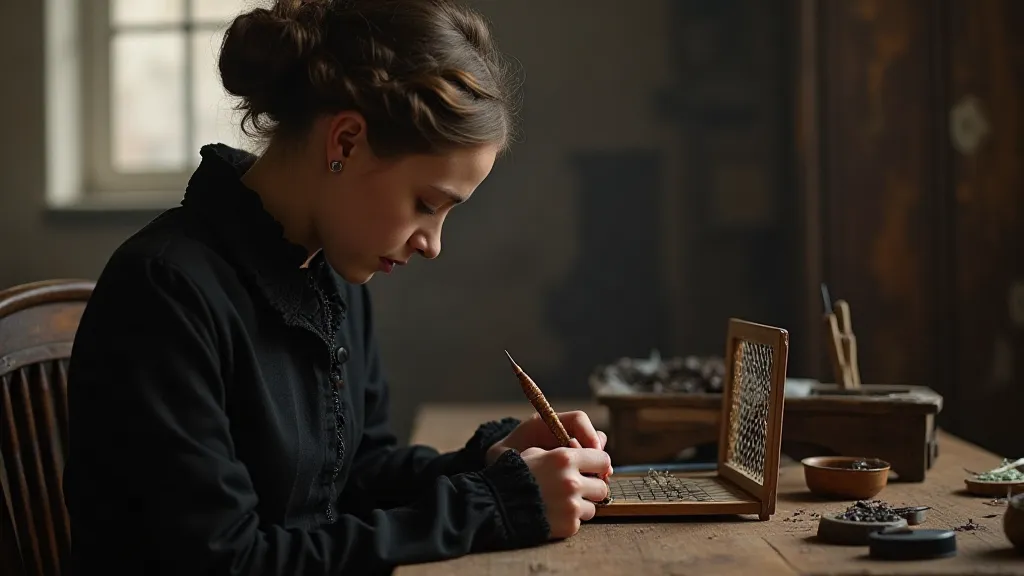
For collectors today, appreciating the artistry of Victorian hair art goes beyond recognizing its beauty. It requires an understanding of the techniques involved – the patient labor required to weave a portrait, the skillful application of knotting to create a landscape. Restoring these pieces, when necessary, is a delicate process. Simply attempting to clean a piece can easily damage the fragile hair or the surrounding materials. Understanding the materials used – the type of frame, the adhesives used – is vital to preserving the piece’s integrity. The creation of these pieces was often driven by the desire to create lasting tributes, offering a glimpse into the Victorian mindset and their enduring fascination with the boundaries between life and death. The creation of these artworks weren't simple acts of sentimentality but intricate processes that demanded both skill and sensitivity.
The value of a piece is influenced by several factors: the quality of the craftsmanship, the rarity of the materials, the complexity of the design, and the historical significance. Pieces created by renowned artisans or those commemorating individuals of prominence often command higher prices. However, even less elaborate pieces can hold immense emotional value, providing a tangible connection to the Victorian era and the poignant stories of those who created and cherished them. The fragility of these pieces, both physically and emotionally, underscores the importance of careful preservation and respectful appreciation.
A Legacy of Loss and Remembrance
Victorian hair art is more than a peculiar relic of the past; it is a profound reflection of the human experience—the enduring power of love, the inevitability of loss, and the lengths to which we go to preserve the memory of those we hold dear. By understanding the psychological motivations behind its creation and appreciating the artistry involved, we can move beyond any initial sense of unease and come to truly appreciate these unique and emotionally resonant works of art. They serve as a tangible reminder of a time when grief was openly expressed and when the desire to keep loved ones close fueled a remarkable and enduring artistic tradition.
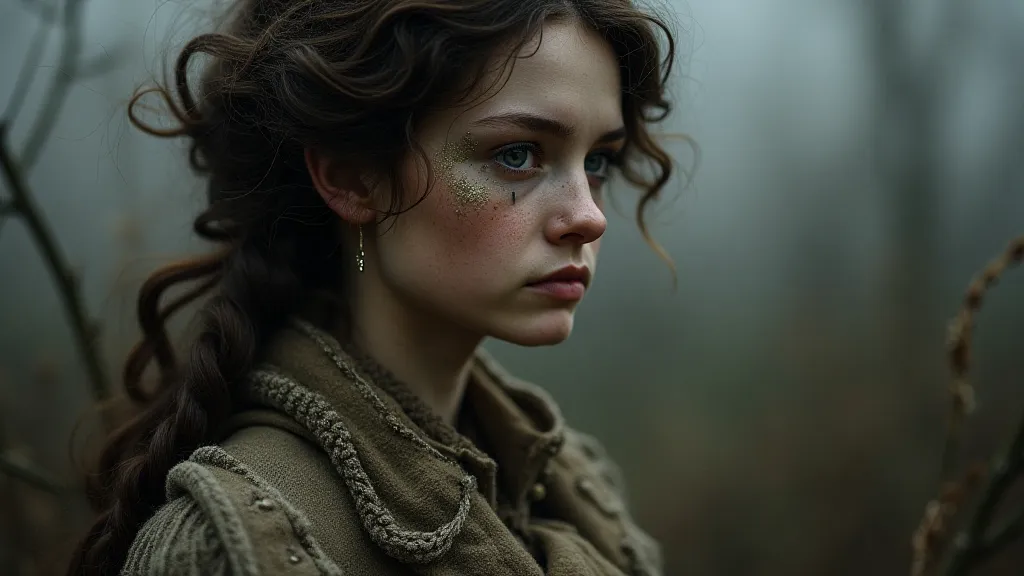
The pieces themselves often evoke a sense of mystery, prompting reflection on the complexities of mortality and the enduring nature of human connection. They embody the Victorian fascination with capturing the ephemeral – striving to immortalize loved ones through art. Understanding the cultural context in which these pieces were created unveils a society deeply intertwined with themes of loss, remembrance, and the search for meaning in the face of mortality. The lasting allure of Victorian hair art lies not only in its beauty, but also in its power to connect us to a past shaped by profound emotions and a unique artistic sensibility. The desire to capture the essence of a departed soul often blended with the belief in spiritual realms and the possibility of continued existence – a concept explored in spectral portraits and the Victorian quest for immortality.
Furthermore, the intricate details and painstaking craftsmanship often incorporated elements of storytelling, transforming these pieces into miniature narratives about life, love, and loss. The delicate landscapes meticulously woven from human hair often mirrored the emotional terrain of the grieving individuals who created them – a visual representation of inner turmoil and the longing for solace. Ultimately, Victorian hair art stands as a powerful testament to the enduring human capacity for creativity, resilience, and the unwavering desire to keep the memory of loved ones alive.
